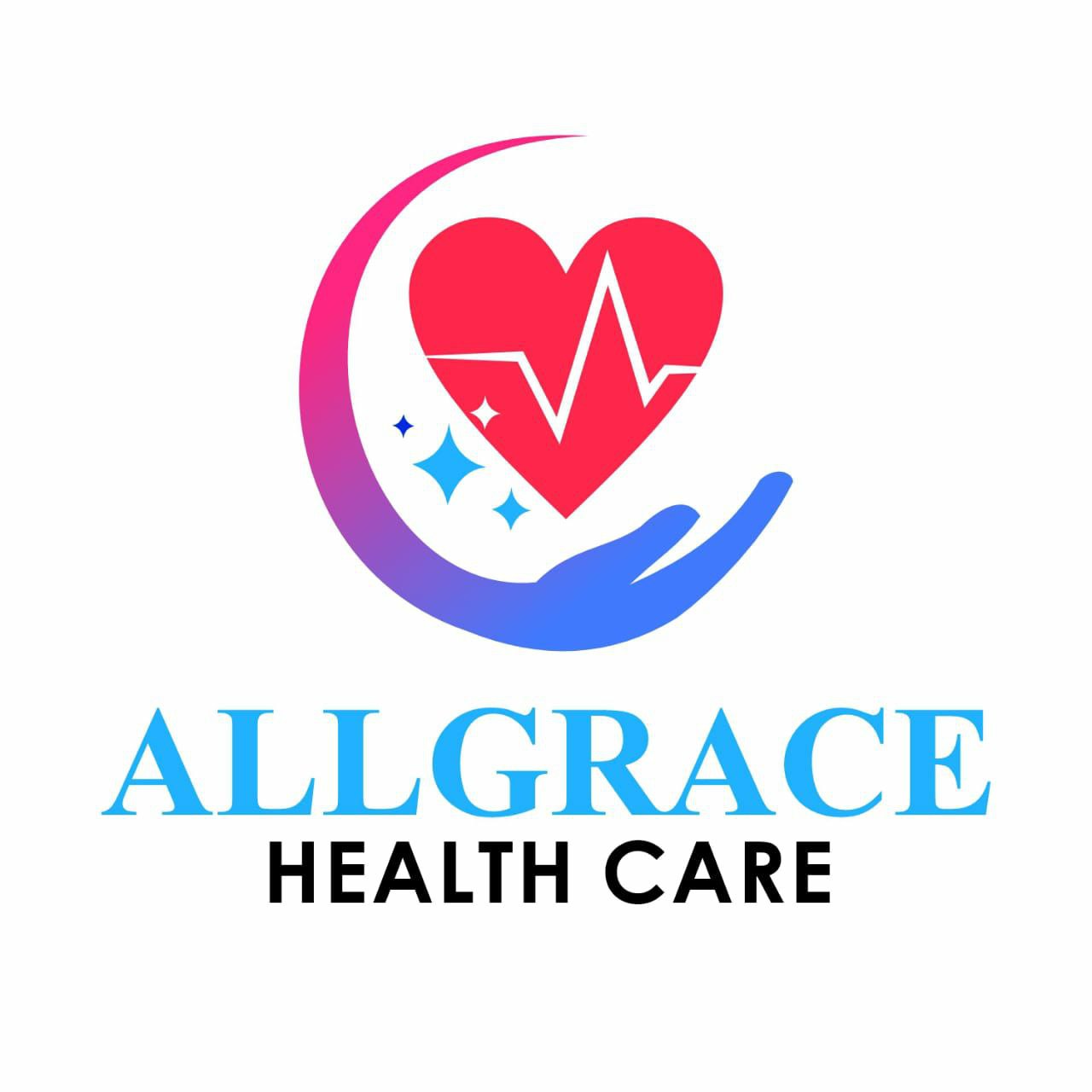Chickenpox is a common childhood illness, but it can also affect adults. It’s caused by the varicella-zoster virus, and it’s most commonly spread through the air when an infected person coughs or sneezes. The symptoms of chickenpox include a rash, fever, and feeling unwell. The rash starts as red bumps that turn into blisters and then scab over. Most people recover from chickenpox without any complications, but it can cause more serious problems in some people.
In the United States, chickenpox used to be a very common childhood illness, but the introduction of the chickenpox vaccine has led to a decrease in the number of cases. However, it’s still possible to get chickenpox, especially if you haven’t been vaccinated. In the United States, there are about 50,000 cases of chickenpox every year, with most cases occurring in children under the age of 12.
The first known outbreak of chickenpox in the United States occurred in 1775, and it was a common childhood illness throughout the 1800s. In the early 1900s, it was thought that chickenpox was a mild illness, and it wasn’t until the 1950s that the true severity of the disease was recognized. In the 1960s, a vaccine for chickenpox was developed, but it wasn’t until 1995 that it was licensed for use in the United States. The vaccine has led to a significant decrease in the number of cases of chickenpox in the United States.
Causes of Chickenpox
The most common cause of chickenpox is the varicella-zoster virus, which is a member of the herpesvirus family. The virus can be spread through the air when an infected person coughs or sneezes, or through direct contact with the fluid from the blisters of an infected person.
The incubation period for chickenpox is about 10-21 days, and people are contagious from 1-2 days before the rash appears until the blisters have scabbed over. It’s important to know that chickenpox can be spread before any symptoms appear, so it’s possible to be contagious without knowing it.
I Chickenpox is a pretty fascinating illness. It’s also interesting to know that after you’ve had chickenpox, the virus stays dormant in your body and can reactivate later in life, causing a condition called shingles. Shingles is a painful rash that can be caused by the same virus that causes chickenpox. People who have had chickenpox are at risk for developing shingles, and shingles can be a very serious illness for some people.
Symptoms Of Chickenpox
Chickenpox usually starts with a fever, and this is followed by a rash that appears 1-2 days later. The rash starts as red bumps that can appear anywhere on the body, but they are most common on the chest, stomach, and back. The bumps then become blisters, and they can be very itchy. The blisters can take 7-gvvvvvc10 days to scab over, and it’s important not to scratch them, as this can cause scarring. Some people with chickenpox also have a headache, cough, or diarrhea.
In addition to the physical symptoms, chickenpox can also cause emotional distress. It can be very difficult for children to be kept at home and isolated from their friends, and the rash can be very itchy and uncomfortable. Some children also develop a fear of the blisters and scars that can result from chickenpox. It’s important to talk to children about chickenpox and reassure them that the symptoms will eventually go away.
Treatment of Chickenpox
The first line of treatment for chickenpox is usually supportive care, such as pain relievers, fever reducers, and cool baths to help relieve itching. Antiviral medications can also be used to treat chickenpox, but they’re typically only prescribed for people who are at risk for severe illness, such as infants, pregnant women, and people with weakened immune systems. How do you feel about the different treatment options for chickenpox?
Preventive Measures
There are several preventive measures that can be taken to help prevent the spread of chickenpox. One of the most important is vaccination. In addition to the chickenpox vaccine, there is also a vaccine for the shingles virus, which is given to people who are over the age of 50. Other preventive measures include good hand hygiene, such as washing your hands frequently with soap and water, and avoiding contact with people who have chickenpox.
The chickenpox vaccine is really effective at preventing the disease. It’s typically given to children around the age of one, with a booster shot when they’re between 4-6 years old.
The vaccine has really made a difference in preventing the spread of the disease.
Key Takeaways
- It’s important to be aware of the signs and symptoms of chickenpox and seek medical care early if you think you may have the virus. Second,
- There are several effective preventive measures that can be taken to reduce the risk of infection, such as vaccination and good hand hygiene. Third,
- Education about chickenpox and its prevention is critical for reducing the risk of complications.
Bottom Line
Chickenpox is a common and potentially serious viral infection that affects people of all ages. While there are effective treatment and prevention measures available, there is still a need for greater awareness and education about chickenpox and its complications. Increased awareness and education could help reduce the incidence of chickenpox and the risk of complications.





0 Comments